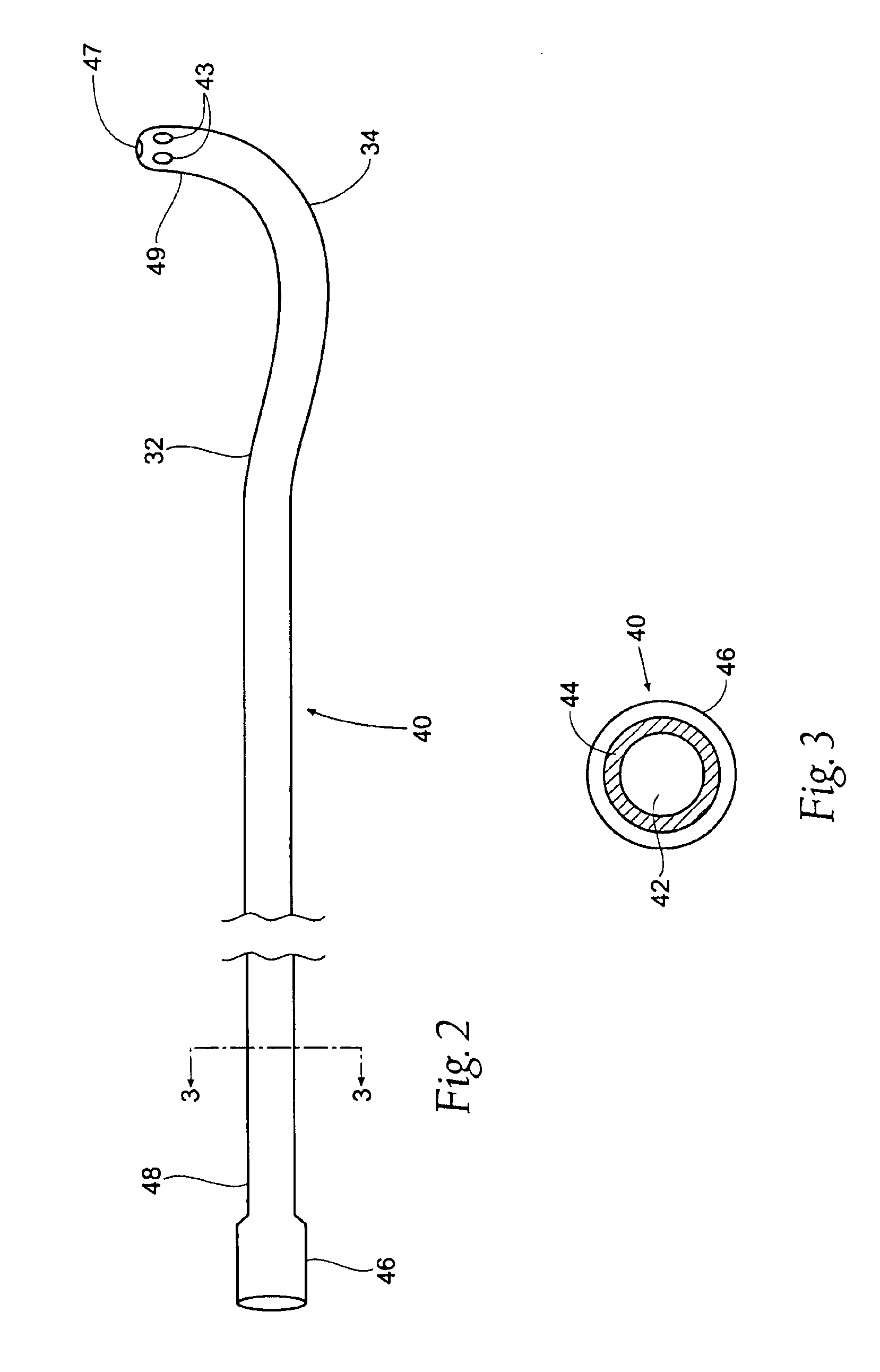Intravascular cannulation apparatus and methods of use
a cannulation apparatus and intravascular technology, applied in the field of methods and devices for cannulation, can solve the problems of direct cannulation systems of the prior art, and reducing the field of surgery in the chest cavity
- Summary
- Abstract
- Description
- Claims
- Application Information
AI Technical Summary
Benefits of technology
Problems solved by technology
Method used
Image
Examples
Embodiment Construction
[0125]The present invention involves a cannulation assembly for use in any of a number of broad ranging applications involving the introduction and / or removal of fluids into and / or from the body. The cannulation assembly of the present invention is particularly suited for use in cardiac applications, although it is to be readily understood that the cannulation assembly and methods of the present invention are not to be limited to cardiac applications. By way of example only, the cannulation assembly of the present invention is useful in certain cardiac application, including, but not limited to, procedures involving coronary bypass graft (CABG), cardiopulmonary bypass (CPB), left-heart and / or right-heart assist, open chest and closed chest (minimally invasive), cannulation of a vessel, bridge-to-transplant and / or failure-to-weanfrom-bypass.
[0126]The term “cannula” as used herein is to be defined as a hollow (although not necessarily tubular) instrument designed to be introduced into...
PUM
 Login to View More
Login to View More Abstract
Description
Claims
Application Information
 Login to View More
Login to View More - R&D
- Intellectual Property
- Life Sciences
- Materials
- Tech Scout
- Unparalleled Data Quality
- Higher Quality Content
- 60% Fewer Hallucinations
Browse by: Latest US Patents, China's latest patents, Technical Efficacy Thesaurus, Application Domain, Technology Topic, Popular Technical Reports.
© 2025 PatSnap. All rights reserved.Legal|Privacy policy|Modern Slavery Act Transparency Statement|Sitemap|About US| Contact US: help@patsnap.com



